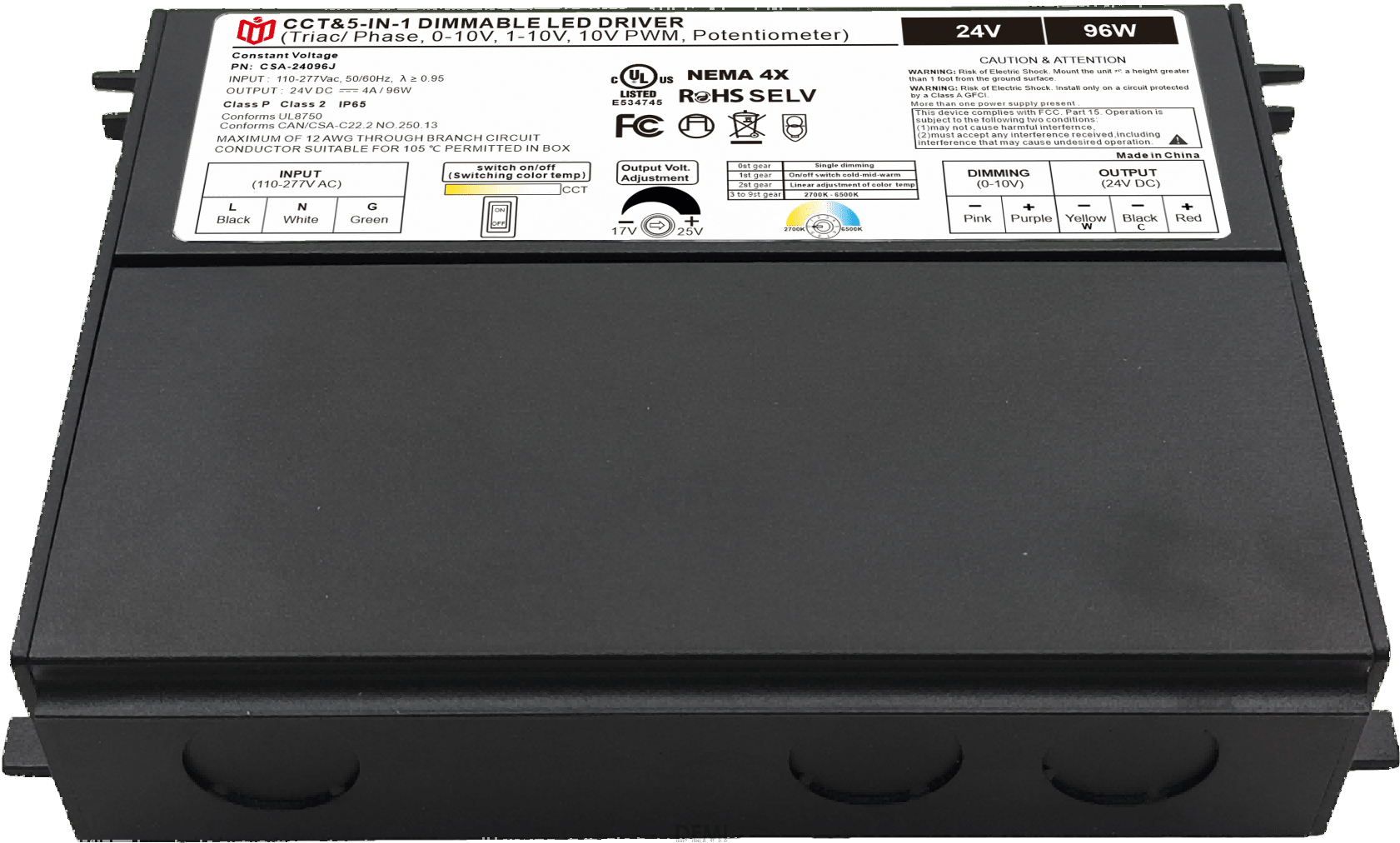Engineers' Favorite: Five Key Advantages of Choosing 0-10V Systems

For modern engineering teams designing commercial or industrial environments, selecting the right control protocol isn’t just technical homework—it’s a strategic decision impacting performance, scalability, and long-term value. Among available options, 0-10V systems consistently rise to the top as the gold standard. Here are five irrefutable reasons why engineers champion this technology:
Precision Dimming Without Compromise
Unlike PWM signals prone to flickering at low levels, analog 0-10V offers silky-smooth linear adjustment across the full brightness range (0% to 100%). This eliminates perceptible steps in light output—critical for healthcare facilities requiring patient comfort or museums preserving artwork integrity. A hospital corridor illuminated by flicker-free tunable white light demonstrates how micro-adjustments prevent eye strain during night shifts while maintaining compliance with strict medical standards. Advanced drivers even support bidirectional feedback loops, enabling real-time monitoring of actual lumen delivery versus commanded values.
Unmatched Energy Intelligence
When paired with occupancy sensors and daylight harvesting algorithms, 0-10V becomes an active energy manager rather than passive component. Take a university campus retrofit case study where integrating these systems reduced annual lighting consumption by 42%—equivalent to powering 35 homes monthly. The protocol’s ability to scale intensity proportionally (not just on/off switching) means every watt serves a purpose. Many models now include embedded BMS gateways, allowing centralized optimization across HVAC and shading systems for holistic building intelligence.
Universal Ecosystem Compatibility
From Philips Hue bridges to Crestron home automation hubs, 0-10V speaks every major manufacturer’s language. Its open standard nature prevents vendor lock-in scenarios common with propriety wireless protocols. An airport terminal renovation project avoided costly rip-and-replace cycles by leveraging existing fluorescent ballast infrastructure retrofitted with LED modules accepting native 0-10V inputs. Even legacy DALI networks can coexist via simple adaptors, futureproofing investments against tomorrow’s tech shifts while protecting yesterday’s capital expenditure.
Granular Customization Capabilities
Beyond basic on/off functions, sophisticated profiles enable dynamic scene setting: warm 2700K tones at dawn transitioning to crisp 4000K noon illumination automatically adjust based on GPS-synced clocks. Stadium designers use this feature to choreograph crowd experiences during events—dimming stands gradually as focus shifts toward jumbo screens then ramping up instantly post-goal celebrations. Manufacturers like Leviton provide configuration software allowing engineers to program slope curves matching specific photopic sensitivity curves for task-oriented spaces like lab benches or surgical suites.
Rock-Solid Reliability & Simplicity
With no radio frequencies susceptible to interference from Wi-Fi routers or cellular towers, copper wiring delivers deterministic performance even in electrically noisy environments like data centers. Military spec connectors ensure vibration resistance critical for transport applications—bus rapid transit systems rely on this durability daily across bumpy city streets. Installation requires only two wires plus ground reference, contrasting sharply with complex mesh networks demanding specialized IT certifications for maintenance staff. When failure occurs (rare as components often exceed MTBF ratings of 150,000 hours), troubleshooting reduces to voltmeter checks rather than packet sniffing.
The evidence mounts conclusively: whether specifying new construction or upgrading heritage buildings, forward-thinking engineers continue choosing 0-10V not merely as another tool but as foundational infrastructure for intelligent, adaptive environments. As smart cities evolve beyond pilot projects into mainstream deployment, this battle-tested protocol remains indispensable—providing the perfect balance between innovation and dependability that defines truly great engineering solutions.
 In heritage architecture prote
In heritage architecture prote
 When small-batch customization
When small-batch customization
 Have the electromagnetic emiss
Have the electromagnetic emiss
 When Triac dimmable power supp
When Triac dimmable power supp
